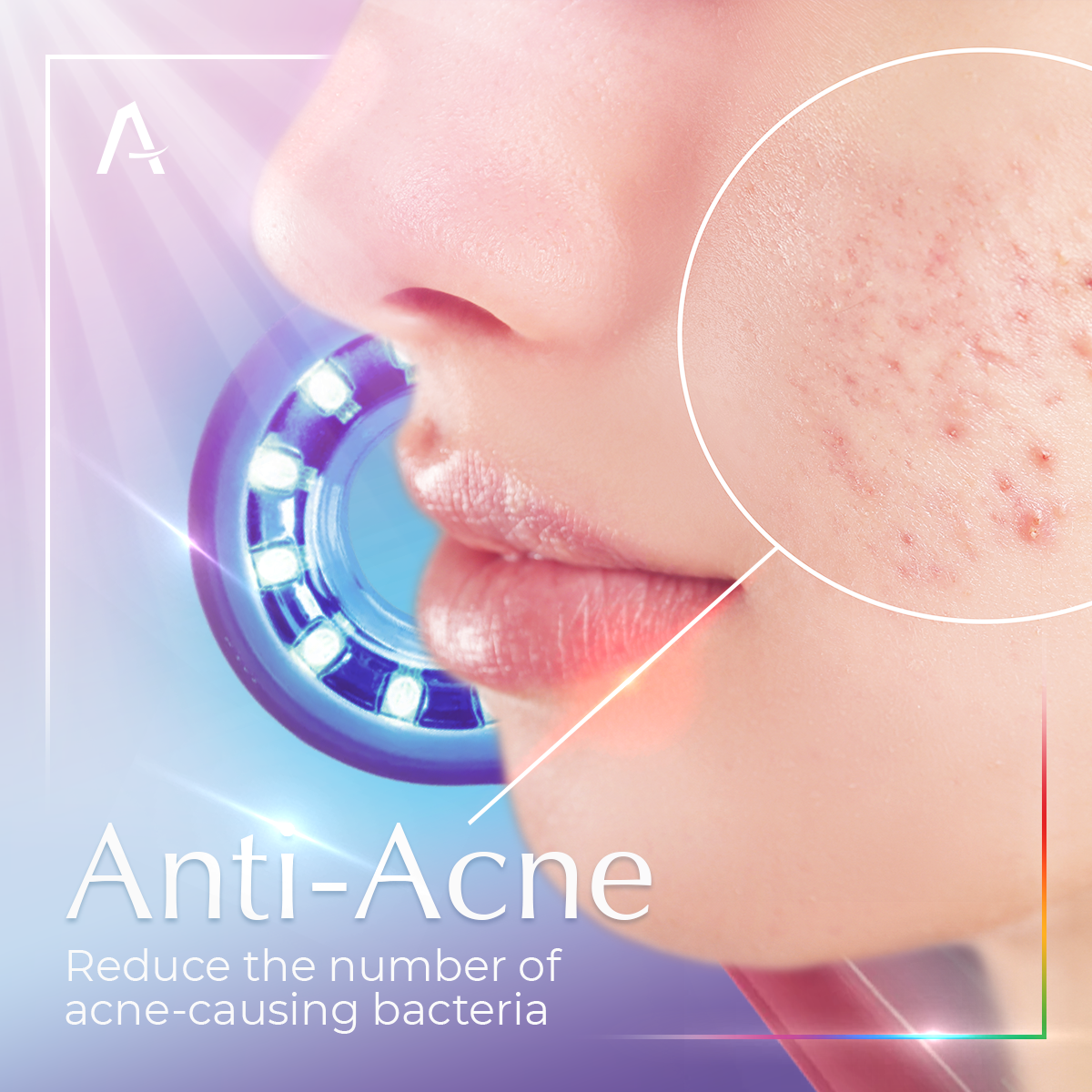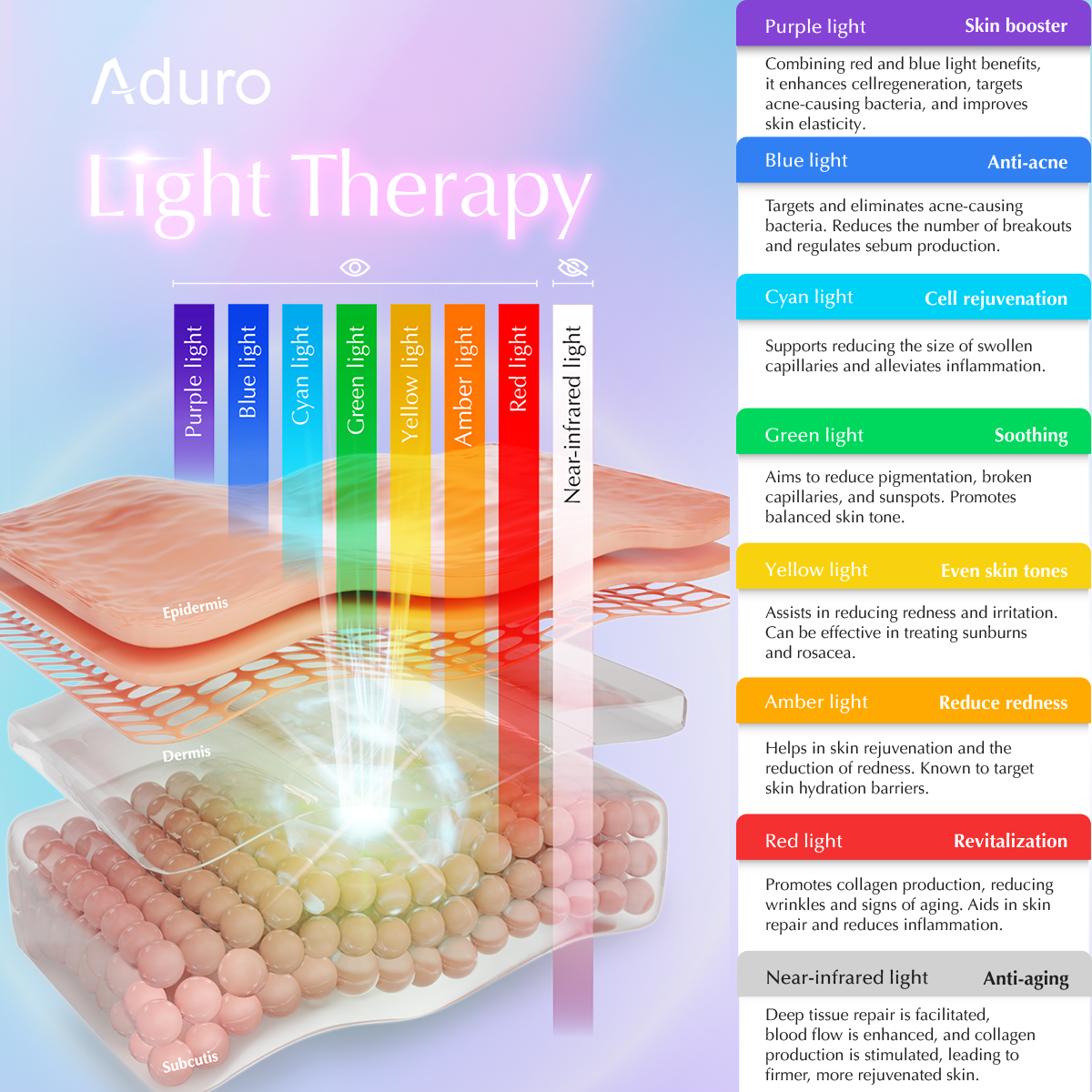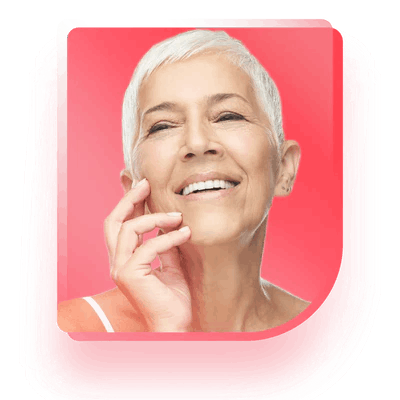Welcome to the illuminating world of light therapy, a breakthrough in the realm of skincare. At Aduro, we’re dedicated to harnessing the power of light to unveil the best version of your skin. In recent years, blue light therapy has emerged for those seeking clear, vibrant skin.
This innovative approach taps into the natural benefits of light, transcending traditional skincare methods. Let’s delve into the essence of blue light therapy—its principles, its promise, and its profound impact on skin health. Join us as we explore the ultimate guide to clear skin with blue light.
Understanding Blue Light
Blue light, a segment of the visible light spectrum, is renowned for its unique properties and therapeutic potential. At Aduro, we specialize in harnessing this specific wavelength range, typically between 400 and 495 nanometers. Blue light is omnipresent, emitted not only by the sun but also by various artificial sources. Its significance in skincare stems from its ability to penetrate skin layers, offering a targeted approach to treating various skin concerns.
Blue Light and Skin Health

Blue light's interaction with the skin is a remarkable phenomenon. When it penetrates the skin, it triggers a series of responses beneficial for skin health. At Aduro, we focus on leveraging these properties to enhance skin wellness. Blue light therapy is especially effective against acne-causing bacteria. It disrupts the life cycle of bacteria beneath the skin's surface, reducing inflammation and preventing future breakouts. This process not only tackles existing skin issues but also aids in preventing new ones. Understanding the dynamics of blue light with skin opens a new avenue for managing skin health.
Benefits of Blue Light Therapy
Blue light therapy, a cornerstone of our approach at Aduro, offers a spectrum of benefits for skin health. Primarily known for its efficacy in acne treatment, it operates by targeting and neutralizing acne-causing bacteria. This leads to a significant reduction in blemishes and prevents future outbreaks, paving the way for clearer skin. Beyond acne control, blue light therapy is instrumental in regulating oil production. By balancing sebaceous gland activity, it helps in maintaining optimal skin hydration and mitigating excessive oiliness, a common precursor to acne.
Additionally, consistent use of blue light therapy can enhance skin texture and tone. It promotes a more even complexion, reducing the appearance of pores and minor imperfections. Its potential anti-inflammatory properties further aid in calming irritated skin, diminishing redness and promoting a soothing effect. These multifaceted benefits make blue light therapy a versatile and effective tool in our arsenal for achieving and maintaining healthy, vibrant skin.
How Blue Light Therapy Works
At the core of blue light therapy is a simple yet sophisticated process. When skin is exposed to blue light, it absorbs the light energy, which in turn activates certain biological processes. A key effect of this interaction is the inhibition of bacteria proliferation, especially the strains associated with acne. This process effectively disrupts the cycle of acne formation, leading to clearer skin over time.
For optimal results, the duration and frequency of blue light therapy are critical. Typically, short, regular sessions are recommended to maintain the skin's health and prevent future breakouts. This regimen ensures the skin continually reaps the benefits of blue light, leading to sustained improvements in skin health and appearance. By understanding and adhering to these guidelines, individuals can maximize the efficacy of blue light therapy as part of their skincare routine.
Safety and Precautions
The safety of blue light therapy is a paramount concern at Aduro. Blue light, in the controlled parameters used for skin therapy, is generally considered safe for most skin types. Unlike UV light, it doesn't cause skin damage or increase the risk of skin cancer. However, it's important to use blue light therapy responsibly.
Individuals with sensitive skin or certain skin conditions should consult a dermatologist before starting treatment. Additionally, eye protection is recommended during sessions, as direct exposure may be harmful to the eyes. By following these precautions and guidelines, users can safely incorporate blue light therapy into their skincare regimen with minimal risk of side effects.
Comparison with Other Skin Treatments
Blue light therapy stands out in the skincare landscape for its unique approach to treating skin concerns, particularly when compared to traditional methods like chemical peels or topical treatments. Unlike chemical peels, which involve removing a layer of skin to promote regeneration, blue light therapy is non-invasive and doesn’t require recovery time. It's also free from the potential irritation or allergic reactions sometimes associated with topical treatments.
While other methods may offer quicker visible results, blue light therapy is distinguished by its gentleness and suitability for long-term use. This makes it an ideal choice for individuals seeking a safe, sustainable, and non-aggressive approach to skin care.
Incorporating Blue Light Therapy into Skincare Routine
Integrating blue light therapy into your skincare regimen is a seamless process that complements other skincare practices. For best results, it should be used consistently as part of your daily routine. Begin with cleansed skin to ensure maximum light penetration. After a blue light session, follow up with your usual skincare products, such as moisturizers or serums, to hydrate and nourish the skin. Regular use, combined with a balanced skincare routine, enhances the efficacy of blue light therapy. It's crucial to remember that patience and consistency are key, as the benefits of blue light therapy accumulate over time, leading to visibly clearer and healthier skin.
Conclusion: Blue Light for Skin
Blue light therapy emerges as a revolutionary approach in skincare, offering a safe, non-invasive, and effective solution for various skin concerns. Embracing this technology marks a step towards healthier, clearer skin. We encourage everyone to consider blue light therapy as a valuable addition to their skincare regimen.
Discover the transformative power of blue light therapy for your skin by visiting us at Aduro - your gateway to clearer, healthier skin.
Additional Resources
- Clinical Efficacy of Self-applied Blue Light Therapy for Mild-to-Moderate Facial Acne: This study evaluates the performance of self-applied, blue light, light-emitting diode therapy in the treatment of mild-to-moderate inflammatory acne on the face. It discusses aspects such as time to improvement and/or resolution of the number of blemishes and lesions, quality of skin condition, occurrence and count of new blemishes and lesions, and ease of product use. The study found significant reductions in the total number of comedones, papules, and pustules on the face during the treatment period. Read more.
- Phototherapy with Light Emitting Diodes - Treating a Broad Range of Medical and Aesthetic Conditions in Dermatology: This article discusses the use of light-emitting diodes (LEDs) in dermatology for a variety of medical and cosmetic uses. It covers the treatment of conditions like mild-to-moderate acne vulgaris, wound healing, psoriasis, squamous cell carcinoma in situ (Bowen’s disease), basal cell carcinoma, actinic keratosis, and cosmetic applications. The article highlights the safety and efficacy of phototherapy using LEDs in these conditions. Read more.




Leave a comment
This site is protected by hCaptcha and the hCaptcha Privacy Policy and Terms of Service apply.